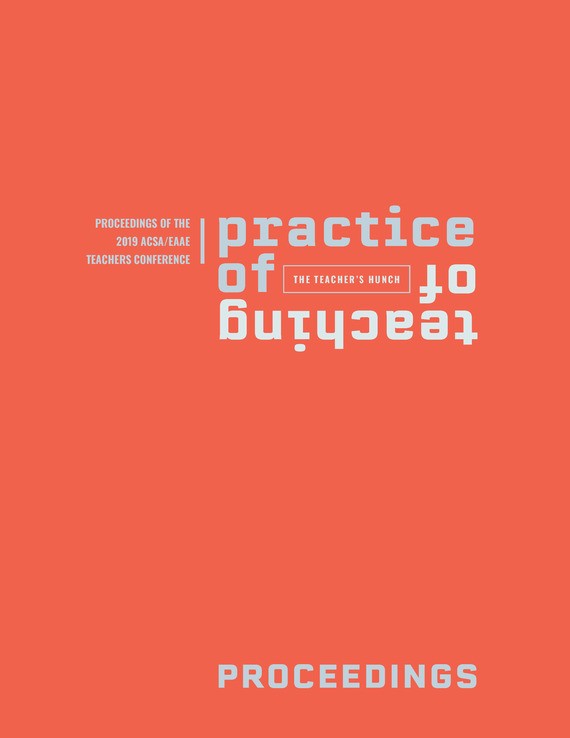Author(s): Frances Hsu
Kant distinguishes two notions of the sublime: the mathematically sublime and the dynamically sublime. In the case of both notions, the experience of the sublime consists in a feeling of the superiority of our own power of reason, as a super sensible faculty, over nature. (Stanford Encyclopedia of Philosophy) The concept of the sublime was associated with nature in late 18th and early 19th century aesthetics. Political philosopher and states-man Edmund Burke evoked human mortality in A Philosophical Inquiry into the Origin of our Ideas of the Sublime and the Beautiful, defining the sublime as experience of the overwhelming magnitude of phenomena in the natural world which causes “a sort of delightful horror, a sort of tranquility tinged with terror; which, as it belongs to self-preservation, is one of the strongest of all the passions.” Kant, in contrast to Burke, defines rationality is an important component of the experience of the sublime: “The sublime is to be found in an object even devoid of form, so far as it immediately involves, or else by its presence provokes a representation of limitlessness, yet with a super-added thought of its totality.” That is, reason–super-added thought–allows us to comprehend and challenge the entirety of that which is beyond comprehension. He writes that “the feeling of the sublime in nature is respect for our own vocation . . . this feeling renders as it were intuitable the supremacy of our cognitive faculties on the rational side over the greatest faculty of sensibility.” For Kant, in other words, the experience of the sublime was the oscillation between sensation and rationality in the face of the overwhelming-ness of phenomena in the world.
https://doi.org/10.35483/ACSA.Teach.2019.41
Volume Editors
Richard Blythe & Johan De Walsche
ISBN
978-1-944214-23-4

 Study Architecture
Study Architecture  ProPEL
ProPEL 
